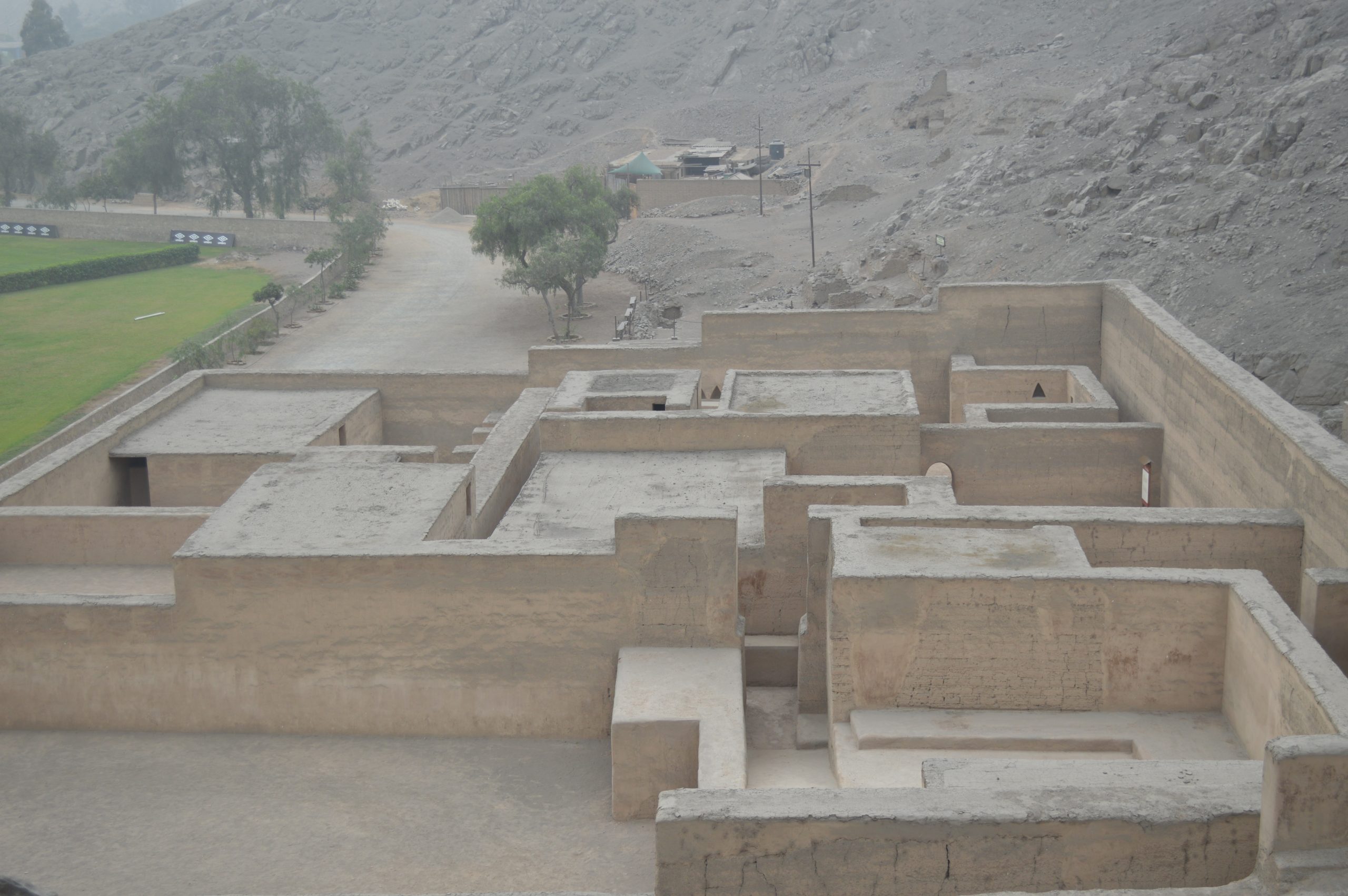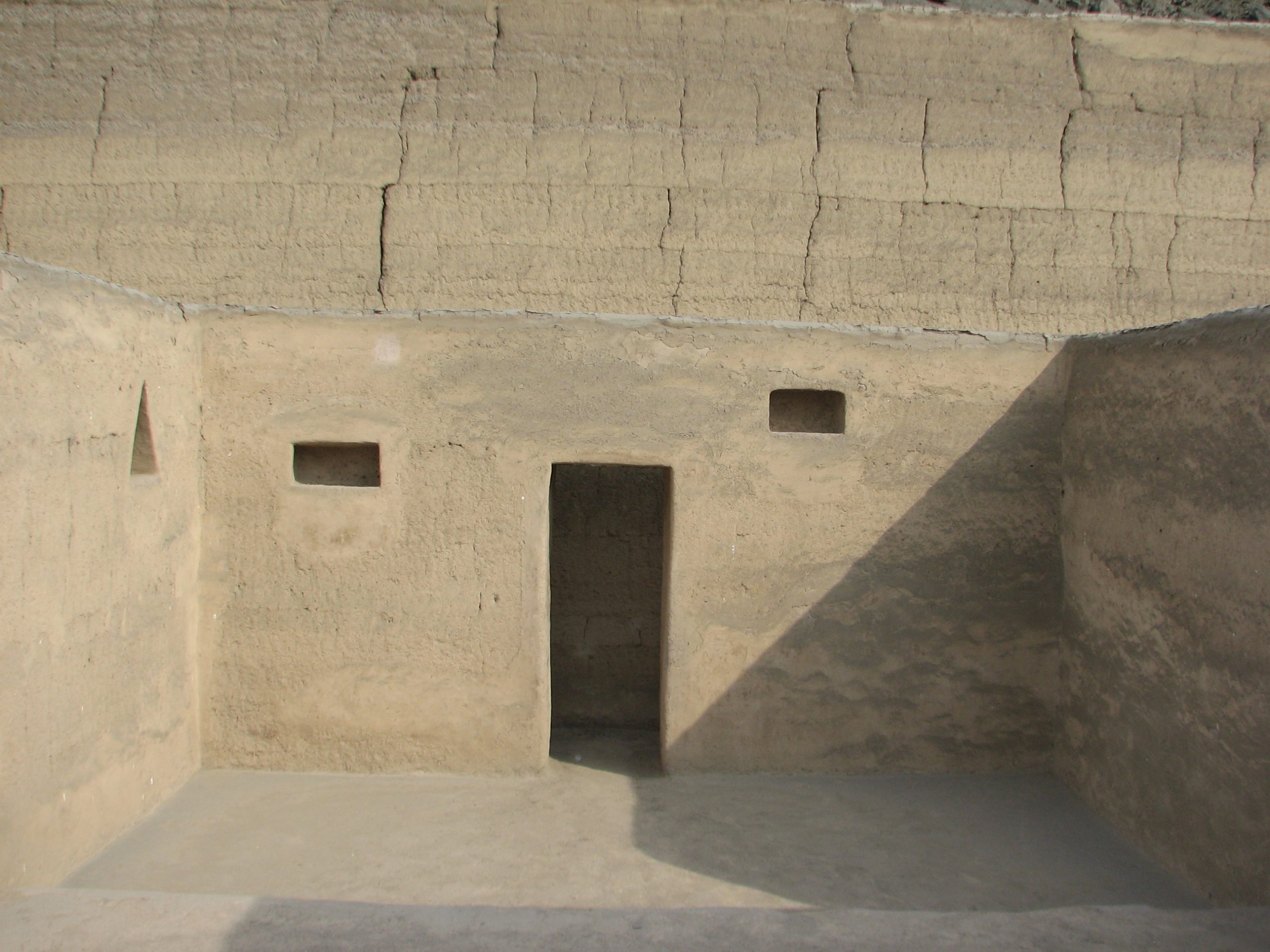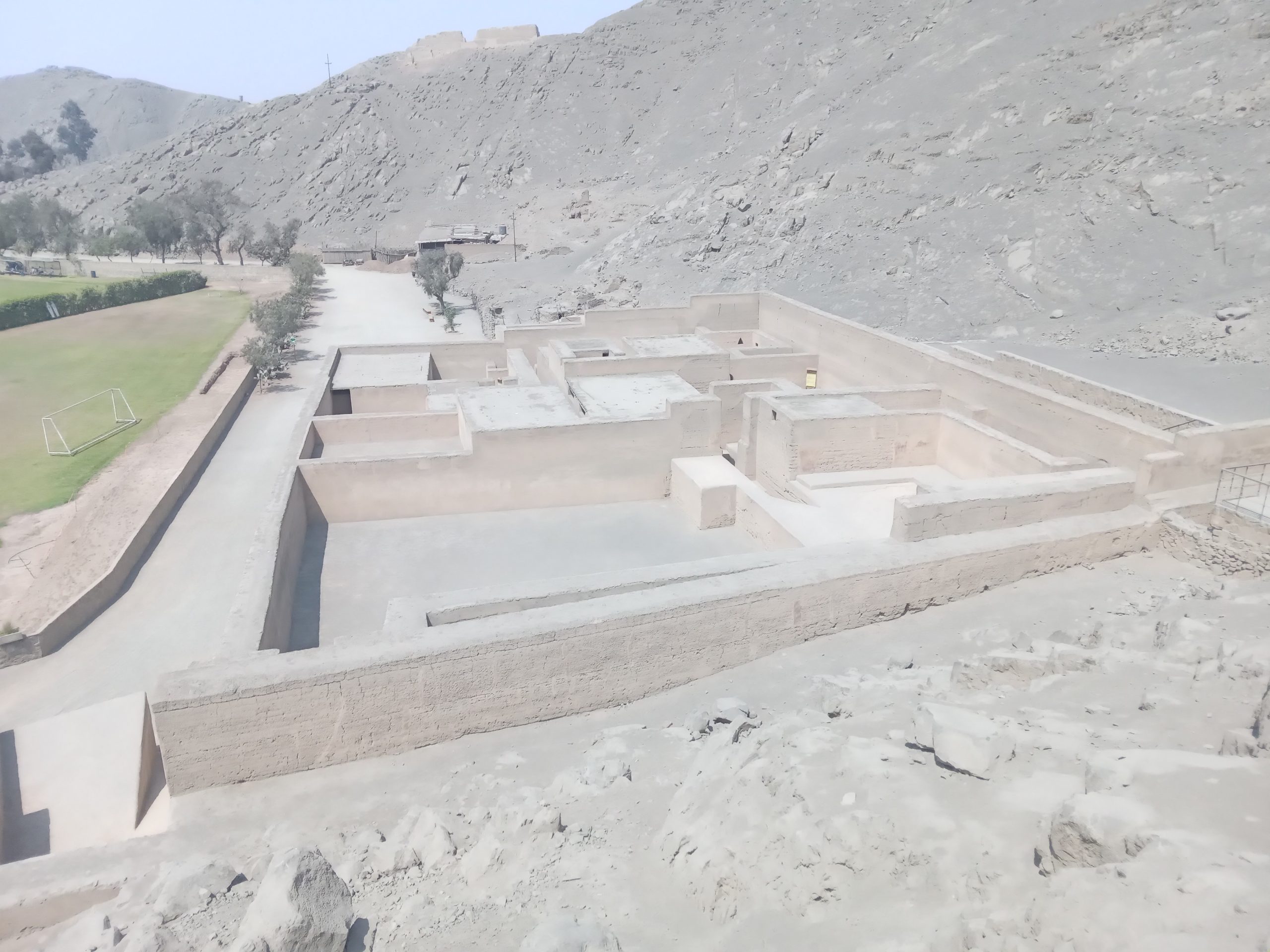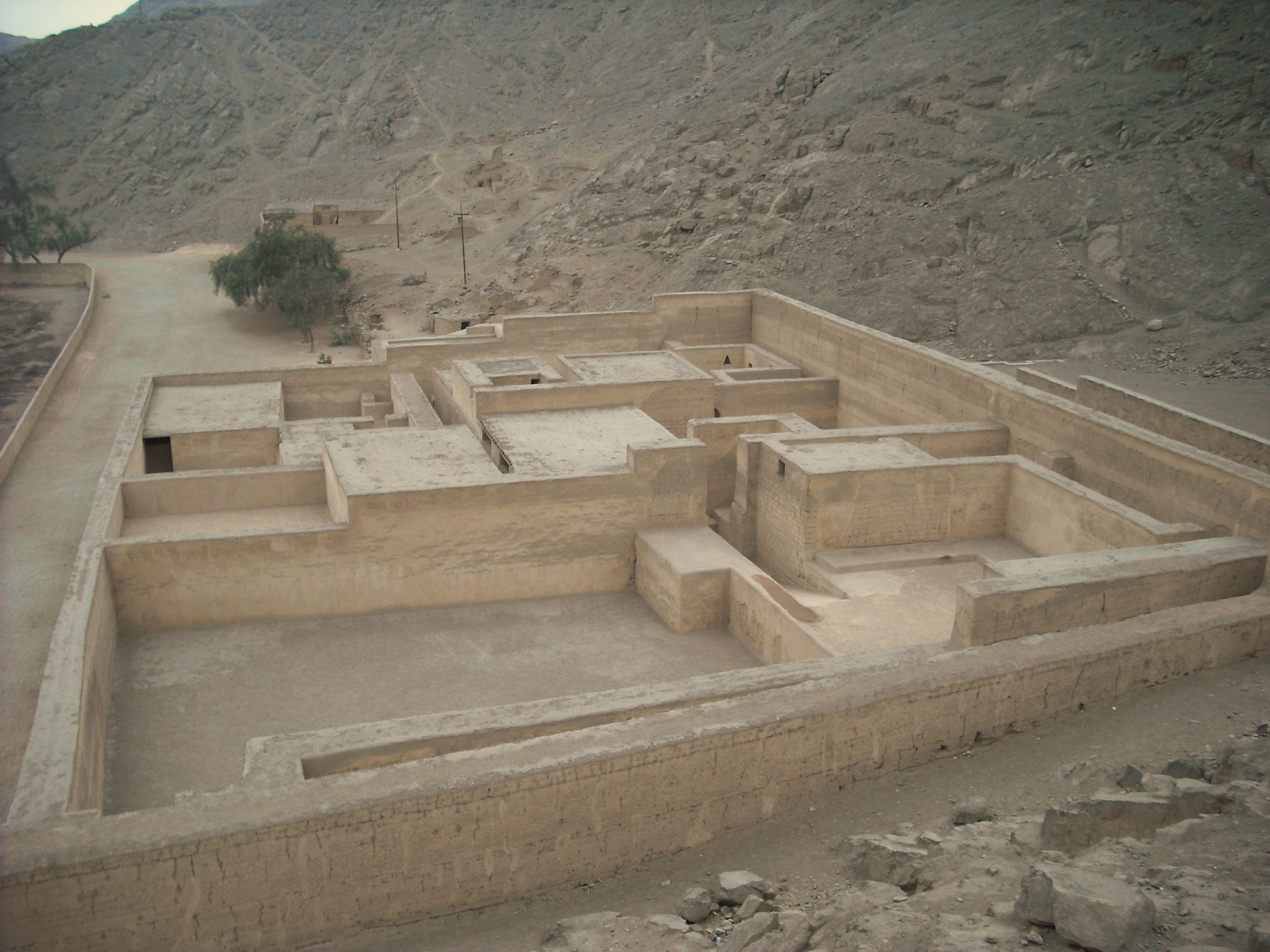Puruchuco: A Synthesis of Ychma and Inca Cultures
Puruchuco stands as a significant archaeological zone in Peru, embodying the administrative and religious essence of the Ychma-Inca period from the 12th to the 16th century AD. Located in the district of Ate, within the capital city of Lima, this site offers a unique glimpse into the confluence of two major pre-Columbian cultures.
Get your dose of History via Email
Toponymy
The name ‘Puruchuco’ is derived from central Quechua, combining ‘puru’ (a plant used for mate and porongo containers) and ‘chuku’ (meaning land or country), thus translating to ‘the land of the porongo’.

Historical Overview
Puruchuco’s architectural landscape is a testament to the influence of both the Ychma and Inca cultures. Among its notable features are the pyramids with ramps in the Huaquerones sector, which also hosts one of the largest Inca cemeteries found on the central coast. The site’s “Palace,” accessible to visitors, is believed to have been the residence of a curaca from the Inca elite, responsible for governing and managing the area’s resources. Other significant archaeological sites in proximity include La Puruchuca, Cajamarquilla, and Huaycán de Pariachi, among others.
The expansion of the Inca Empire under Pachacutec around 1450 AD, following his victory over the Chancas, led to the annexation of the central coast of Peru into the Tawantinsuyu. This area was organized into the wamani (province) of Pachacamac, further divided into four huns (districts), showcasing the strategic importance of sites like Puruchuco within the Inca administrative system.

Chronology and Restoration
The construction of the Puruchuco palace exhibits syncretic architectural features, blending local traditions from the Late Intermediate Period (1000 – 1476 AD) with Inca influences. Following the fall of the Inca Empire, the palace was abandoned until the Peruvian Ministry of Culture initiated restoration efforts in 1953, led by Dr. Francisco Iriarte Brenner and continued by Dr. Arturo Jiménez Borja.
The restoration of Puruchuco and the establishment of the Site Museum by Jiménez Borja in 1960 marked a pivotal moment in the preservation of Peru’s archaeological heritage. In 2004, the Cerro Mayorazgo Archaeological Zone, encompassing the Puruchuco palace, was declared a National Heritage Site.

The Puruchuco Site Museum
The Puruchuco Site Museum, inaugurated by Dr. Arturo Jiménez Borja at the end of 1960, stands as a significant cultural institution in South America, housing artifacts from the site and surrounding areas. The museum features four main rooms: the General Room, the Textile Room, the Metals Room, and the Temporary Room, each dedicated to showcasing different aspects of pre-Hispanic life and craftsmanship.
Following the death of Jiménez Borja in 2000, the museum was renamed in his honor, reflecting his contributions to the protection of Peru’s national heritage. Located near the Puruchuco Palace, the museum continues to serve as a vital resource for understanding the rich archaeological legacy of the region.

Puruchuco remains an emblematic site, offering invaluable insights into the complex interplay of cultures that shaped the pre-Columbian history of Peru. Its preservation and study continue to contribute to our understanding of the Andean past, bridging the gap between ancient traditions and contemporary appreciation of cultural heritage.
Sources:
Wikipedia

